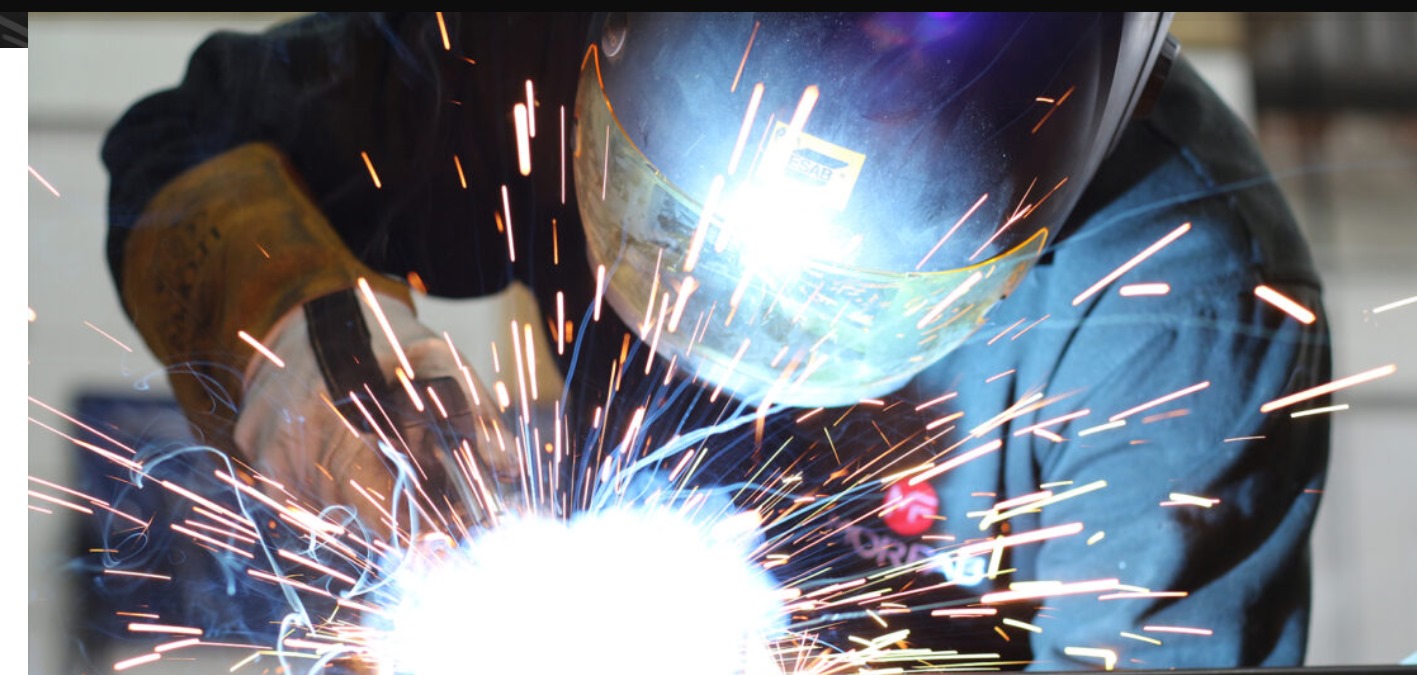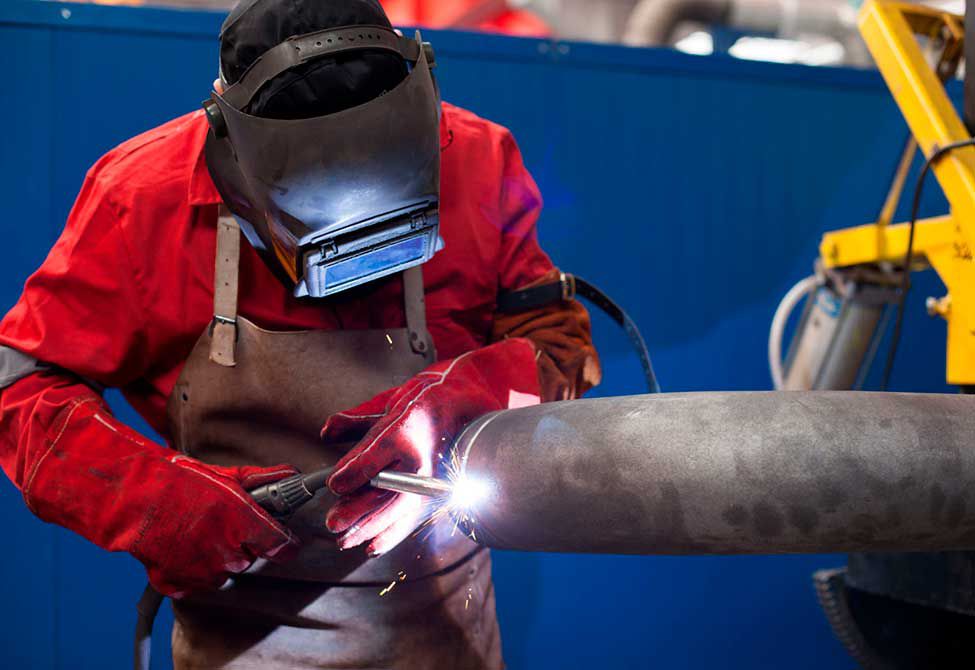These are advanced welding technologies that provide multiple benefits of efficiency, precision as well quality while in the field. This has lead to a revolution in many industries as new solutions are provided for welding applications requiring consistent, high quality results.
Understanding Orbital Welding
An orbital weld is an automated welding process where the arc revolves 360 degrees around a stationary object. The latter, more valued for the ability to make precision their welding where it is practically impossible. Used in settings such as aerospace, pharmaceuticals, semiconductor manufacturing or food and beverage production where cleanliness plays a vital role precision is key to achieving consistency.
The key benefits of orbital welding include:
- Consistency: Orbital welding ensures consistent welds with minimal deviation, leading to enhanced product quality and reliability.
- Efficiency: The automated nature of orbital welding reduces labor costs and welding time, making it a cost-effective choice for high-volume production.
- Quality: By eliminating human error, orbital welding produces high-integrity welds with excellent mechanical properties and corrosion resistance.
Introduction to Submerged Arc Welding(SAW)
Another process that is pretty common and efficient welding presentation, Submerged Arc Welding (SAW) among others; has the arc is generated between a continuously fed wire electrode into our workpiece. A granular flux blanket protects the arc, covering the weld zone. In heavy manufacturing industries such as shipbuilding, structural steel fabrication and pressure vessel production this method is extensively used.
Submerged arc welding is advantageous in the following ways;
High deposition rates: SAW is capable of depositing high amounts of filler metal in winds, which again makes it suitable for welding thick sections.
It creates deep weld penetration meaning the shots are strong and the welding is more uniform.
Operational Efficiency – SAW is capable of welding at high speeds and the process yields good productivity, which helps in reducing fabrication time during alignment work.
Applications and Perspectives
Advancements in technology and materials have allowed both orbital arc welding and submerged arc welding to continue to evolve. These techniques are being used by the industries more often to increase efficiency, reduce wastage and meet quality standards. Looking ahead, robotic and other automated welding will be further integrated to augment accuracy while also extending the capabilities of these processes.
To sum it all up, the Orbital and Submerged Arc Welding take welding technology to a whole new level with unmatched efficiency, accuracy as well as being quite dependable in any industrial circumstance. These methods are being refined with what the industry describes as great potential for use in all areas of manufacturing and construction throughout the world.


